Although both Chuanbei and Zhejiang Fritillaria are traditional Chinese medicinal materials belonging to the Fritillaria genus, there are significant differences in their sources, efficacy, and applications. Chuanbei is mainly produced in Sichuan, Yunnan and other places. It has a slightly cold nature and is good at moistening the lungs, stopping cough and resolving phlegm; Zhejiang Fritillaria is mainly produced in Xiangshan, Zhejiang. It has a bitter and cold nature and is good at clearing heat, dispersing lumps, and reducing swelling.
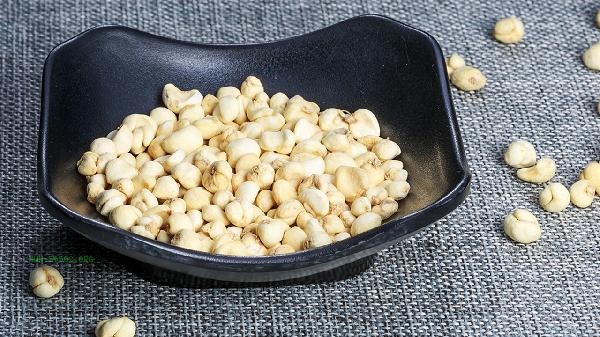
1. Differences in Origin
Fritillaria thunbergii is mainly distributed in high-altitude areas above 3000 meters, with Songpan in Sichuan and Lijiang in Yunnan being the most authentic. After excavation, sulfur fumigation is required to prevent insect infestation. Zhejiang Fritillaria is mostly cultivated in low altitude hilly areas such as Xiangshan and Yinzhou in Zhejiang. The traditional processing method is to soak it in lime water and then dry it in the sun. The growth environment and processing technology of the two are completely different.
2. characteristics
Fritillaria thunbergii is conical in shape, with two significantly different scales on the outer layer. The top is closed, and the surface is almost white with a hard and brittle texture. Small crystals can be seen on the cross-section. Zhejiang Fritillaria is mostly flattened spherical in shape, with nearly equal sized scales on the outer layer, cracked at the top, a yellow white surface, a loose and bubbly texture, and a powdery cross-section. These morphological characteristics are the key points for identification.
3. Efficacy Focus
Fritillaria thunbergii has a remarkable effect of moistening the lungs and relieving cough, which is suitable for dry cough due to yin deficiency and for coughing up phlegm and blood for a long time. It is often compatible with snow pear and honey. Zhebei Mu has a strong ability to clear heat and dissolve phlegm, and is often used for wind heat cough, yellow and viscous phlegm. It is often used together with Scrophularia and Oysters to treat scrofula and phlegm nuclei, but their application levels in respiratory system diseases are different.
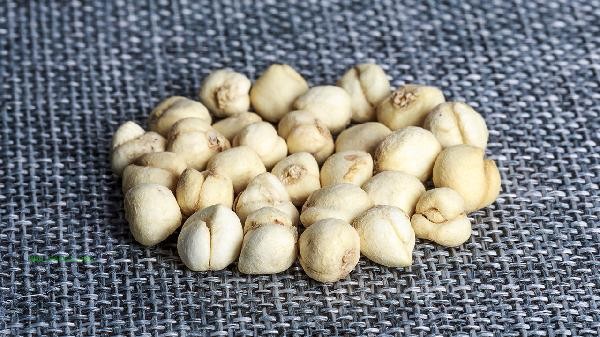
4. Chemical Composition
Fritillaria thunbergii contains steroidal alkaloids such as berberine and berberine, which have a central cough suppressing effect. Zhebei Mu mainly contains Zhebei A, Zhebei B and other components. Its extract has a significant inhibitory effect on Staphylococcus aureus, which determines the difference in pharmacological effects between the two.
5. Contraindications for use
Fritillaria thunbergii is moisturizing and should be used with caution for those with spleen and stomach deficiency and cold. Excessive use may cause nausea and vomiting. Zhe Bei Mu is bitter and cold, and is not suitable for pregnant women or those with yang deficiency constitution. Long term use may damage the spleen and stomach yang qi, and clinical selection should be based on constitution differentiation.
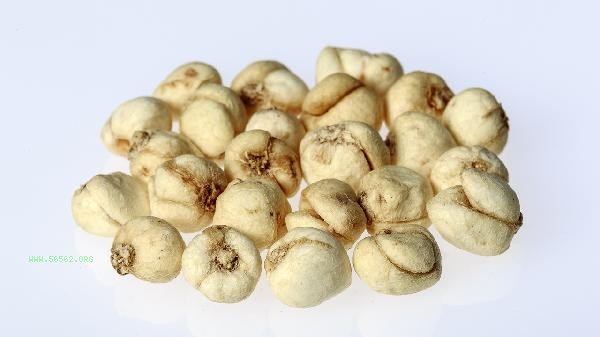
When using Fritillaria medicinal materials, attention should be paid to differential diagnosis and treatment. Sichuan Fritillaria should not be used alone in the early stages of wind cold cough, and Zhejiang Fritillaria should be used with caution for those with excessive phlegm and dampness. It is recommended to mix Chuanbei powder into the decoction to preserve its medicinal effect, while Zhebei mother should be decocted first. In daily use, it can be combined with Ophiopogon japonicus and Panax ginseng to enhance yin nourishing effects, or with Platycodon grandiflorus and Almonds to enhance lung promoting effects. During use, avoid spicy and greasy foods, and those with allergies need to undergo skin testing. Traditionally, it is believed that the quality of Fritillaria cocos collected in autumn is the best, and storage should be moisture-proof and moth proof. It is recommended to choose them reasonably under the guidance of traditional Chinese medicine practitioners.



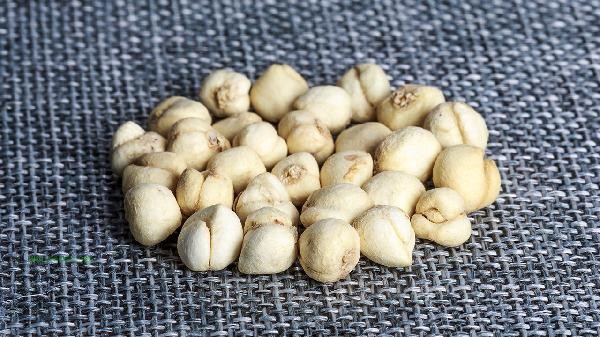

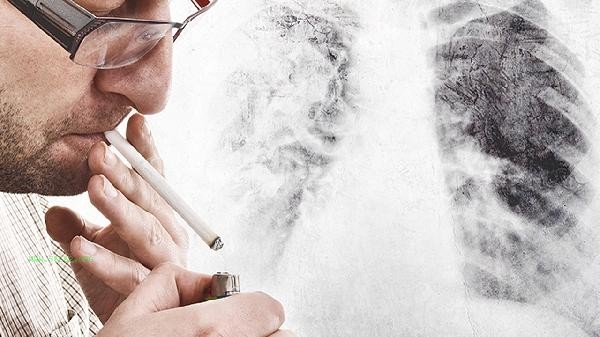


Comments (0)
Leave a Comment
No comments yet
Be the first to share your thoughts!